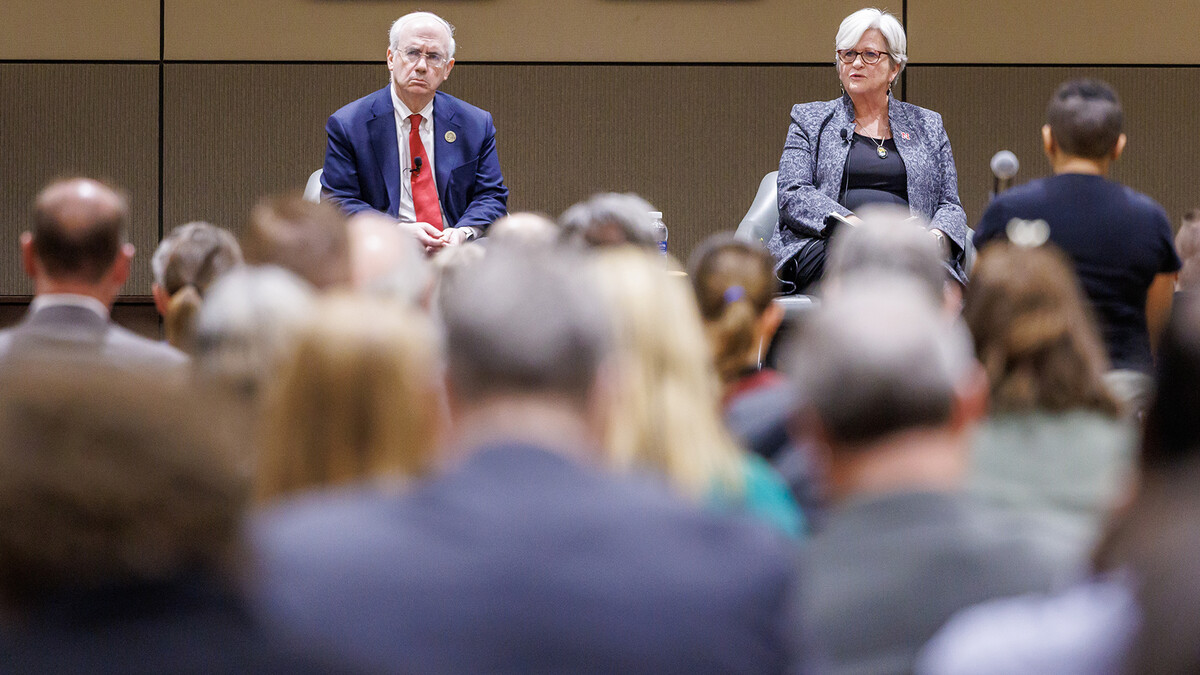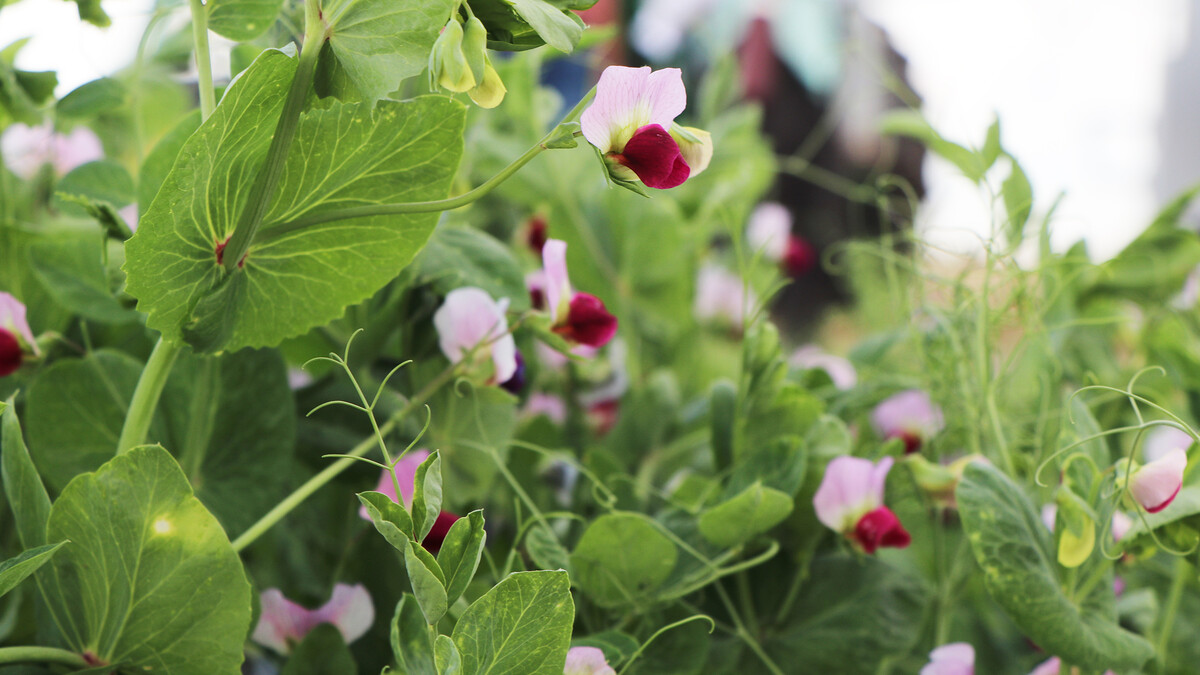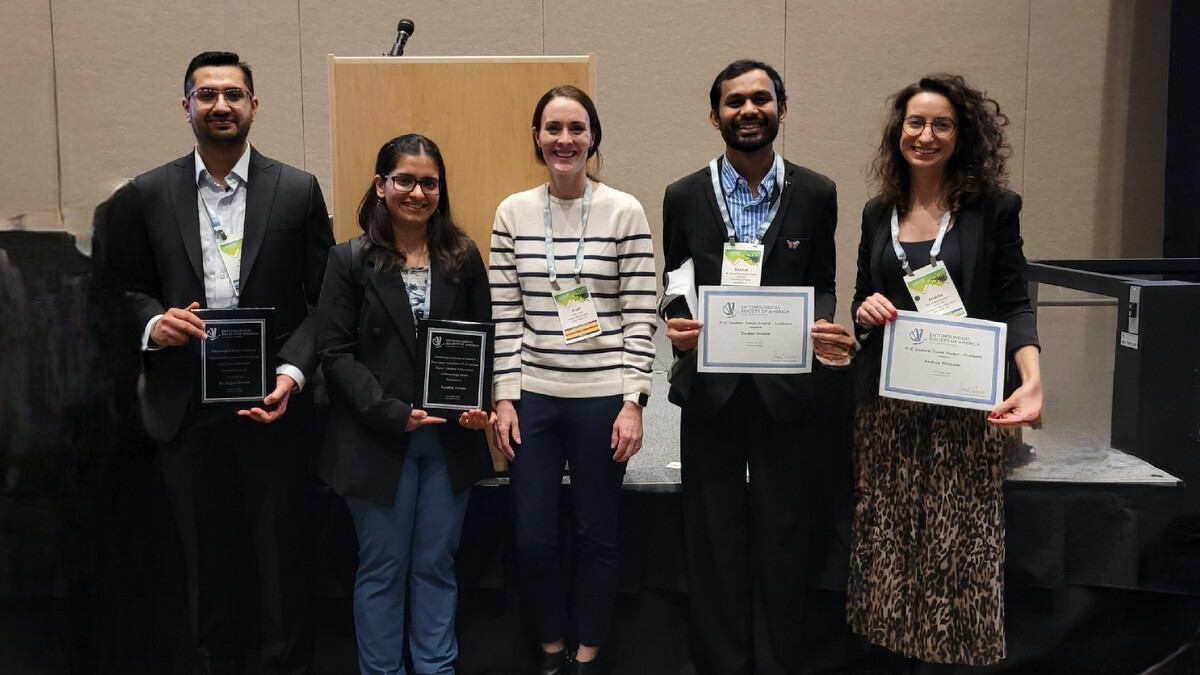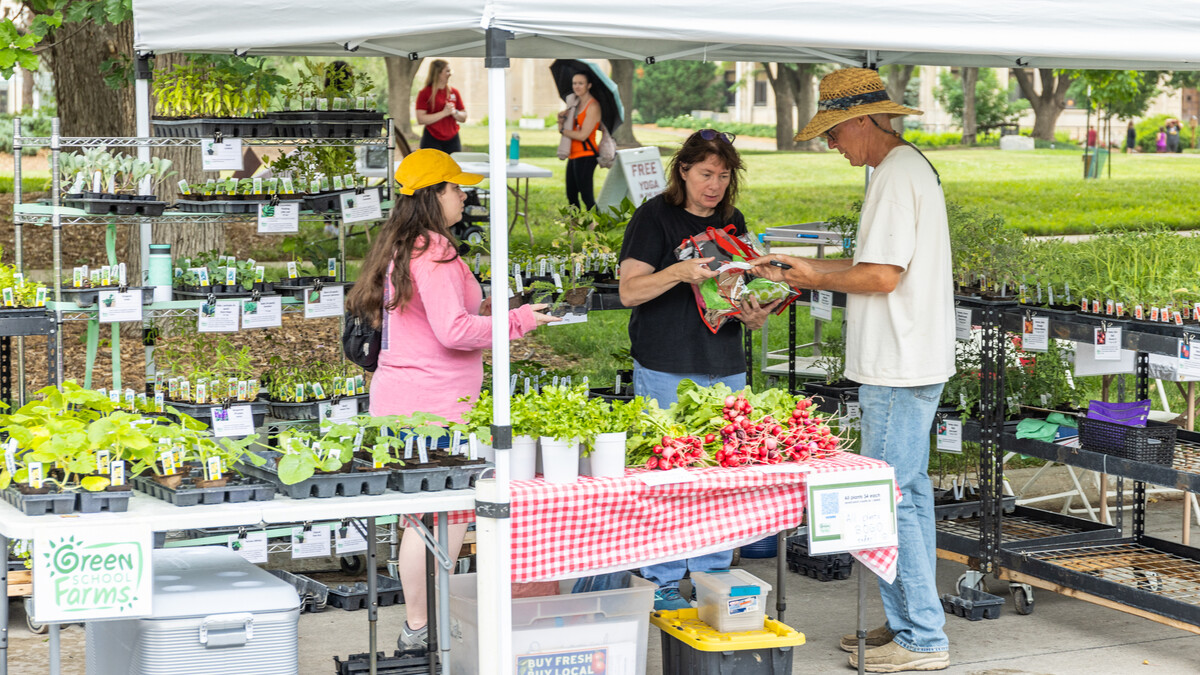
Lincoln, Neb. —The University of Nebraska-Lincoln’s nationally leading research on saving Great Plains grasslands will be presented to a national agricultural audience during an hour-long TV program on Nov. 29.
The research will be highlighted on “Cattlemen to Cattlemen,” the flagship show produced by the National Cattlemen’s Beef Association. The show airs at 8:30 p.m. Nov. 29 on RFD-TV, with reruns at 12:30 a.m. Nov. 30 and 9 a.m. Dec. 3. The program also can be viewed on the “Cattlemen to Cattlemen” YouTube channel.
Dirac Twidwell, a rangeland ecologist at the University of Nebraska–Lincoln, serves as science adviser to the USDA Natural Resources Conservation Service and its Working Lands for Wildlife program. His efforts have contributed to the Great Plains Grasslands Initiative across multiple states, which will be the subject of the “Cattlemen to Cattlemen” episode. Twidwell and his colleague, Dillon Fogarty, recently published a guidebook for managing woody invasions and sustaining the iconic grassland regions of the Great Plains.
“Our research that’s tracking grassland collapse and showing the demise of the Great Plains biome has led to a number of collaborative efforts among producers and conservation groups trying to address woody encroachment in grasslands from Oklahoma to South Dakota,” Twidwell said. “This is a full-hour episode showcasing a story that hasn’t been told to a mainstream agricultural audience, about how woody encroachment in rangelands is a threat to agricultural production and why producers have turned to prescribed fire and other techniques to prevent this from happening.”
The rangelands used by beef producers to pasture their cattle are being consumed by a rapidly spreading tide of eastern redcedar trees. Traditional methods for clearing rangelands of the invasive species relied on heavy mechanical equipment, such as bulldozers or large tree shears, but these methods have proven both cost-prohibitive and ineffective.
“They fail to prevent rapid reinvasion because seeds are still present, still contaminating the rangeland after the mechanical removal of trees, and this compromises the investment of the land owner,” Twidwell said.
In their 2021 management guide, “Reducing woody encroachment in grasslands: A guide for understanding risk and vulnerability,” Twidwell, Fogarty and colleagues from multiple other land-grant institutions describe techniques for preventing redcedar seeds and seedlings from infesting rangelands — rather than waiting to react when brush overtakes a grassland area and, in effect, chasing the woody encroachment problem into more intact rangelands.
“The way grasslands win is not by reacting to a woody encroachment problem by bringing out heavy equipment and putting a loppers in everybody’s hands,” Twidwell said. “Grasslands win when they are kept intact. Producers are seeing greater benefits by minimizing their exposure to the threat in the first place.”
The “Cattlemen to Cattlemen” program will feature livestock producers, agencies and university faculty to discuss the collaborative efforts behind the new Great Plains Grassland Initiatives emerging in Oklahoma, Kansas, Nebraska and South Dakota. The program features commentary from leaders in grassland conservation in Nebraska, including Twidwell and partners from the USDA NRCS, U.S. Forest Service, Pheasants Forever, Sandhills Taskforce and land owners.
As part of new national guidance from NRCS’s Working Lands for Wildlife, the Great Plains Grasslands Initiative provides a new strategic approach to battling the encroachment of trees into grasslands, and focuses not on where trees are the worst, but instead on defending core areas of rangelands.
Ranchers are recognized as key leaders in the Great Plains Grassland Inititaitve, and “Cattlemen to Cattlemen” is the leading TV show for cattle industry news, education and information for beef producers.







